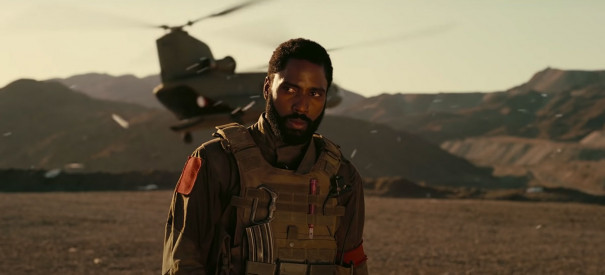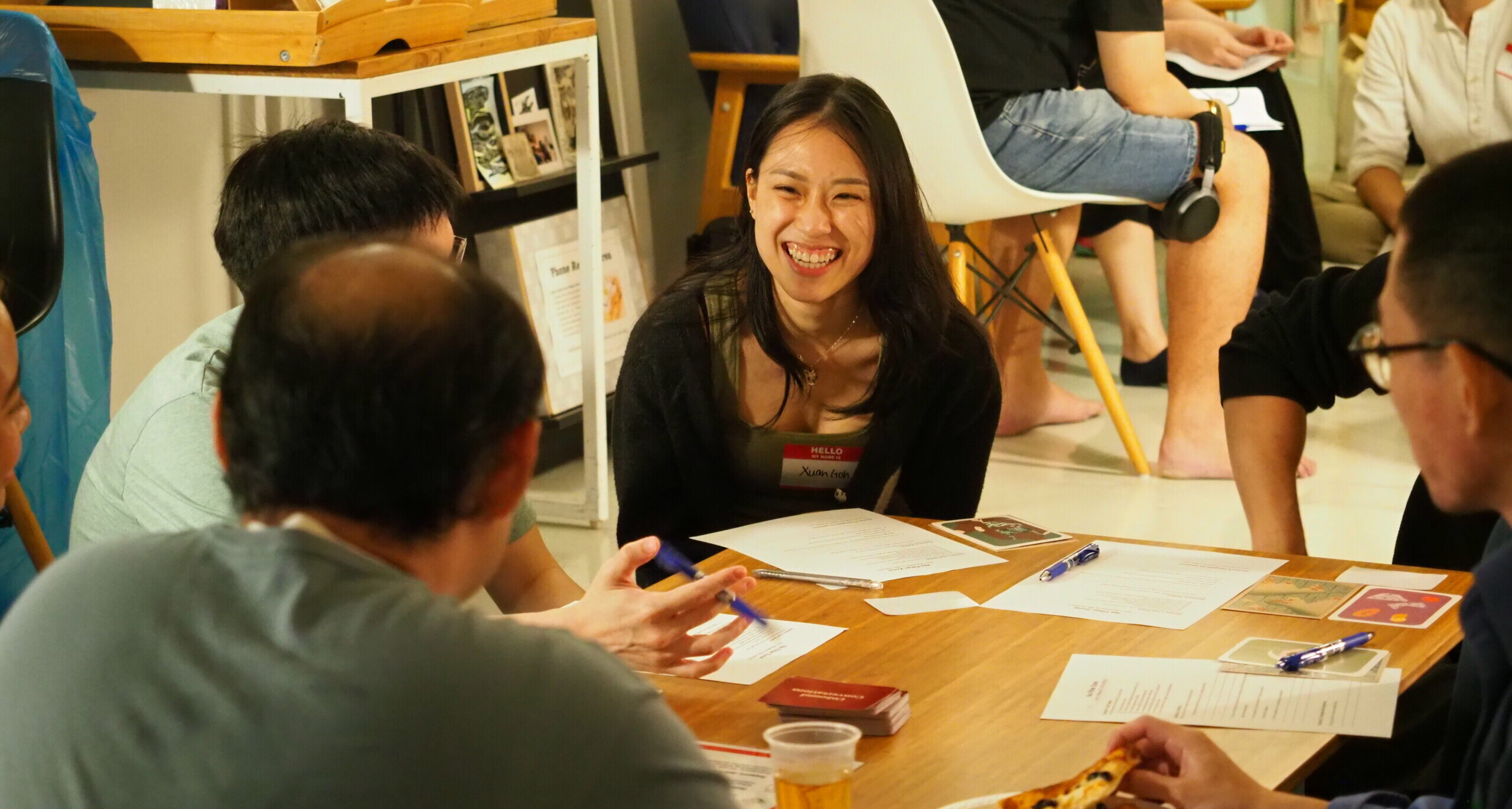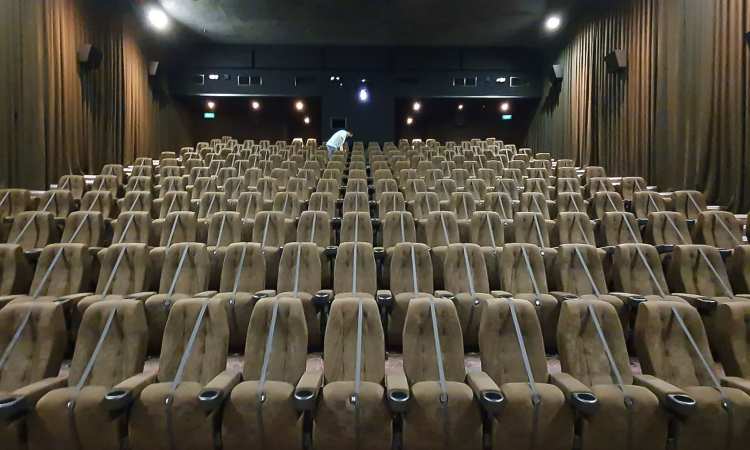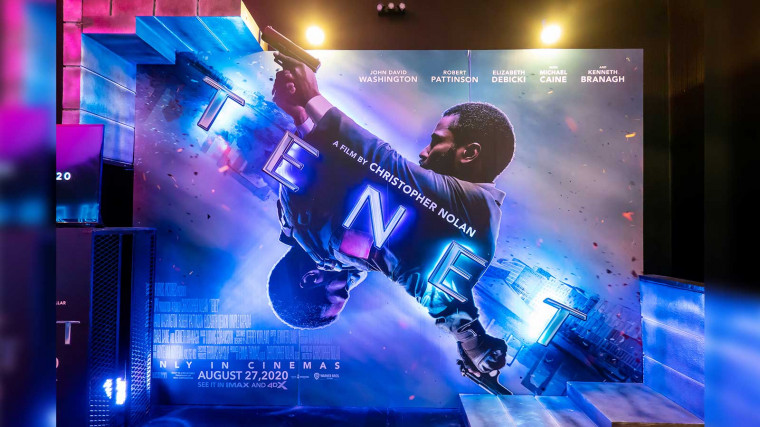Hi, my name is Karun and I love Tenet.
Tenet is a confusing film, a potpourri of explosions, backwards car chases and theoretical physics in which it’s often impossible to make any sense of the fantastical scenes as they whizz by. By the time we reach its climax, we are almost punch-drunk from the spectacle, but are expected to keep track of doubled versions of every character, who are travelling in opposite directions through time. Alongside that, you need to know why the antagonist is trying to reverse time, what happens if he does, and why the Tenet algorithm is the key to the whole thing.
Fortunately (for the haters out there), we are not here to unpack this Christopher Nolan gem together (or unfortunately for true fans like me).
While time travel is a major part of this sci-fi extravaganza (after all, time is a construct, right?) as Nolan plays with the idea that we can only experience time as an “arrow” that is, travelling only in one direction, I want to focus on one aspect – one “tenet” of the movie, so to speak – the fact that time travel is needed to right a wrong.

In other words, in the movie, the impact of past actions was so expansively felt in the future that the Protagonist (literally, that’s his name) believes that going back in time is seen as the only way to save the future. In Tenet, it just so happens that the past, present and the future aren’t always sequential.
We love our time-travel stories
And time travelling is a much-loved movie trope. If Tenet’s “temporal pincer movements” puzzle you, then cast your mind back to simpler times and beloved franchises like the Back To The Future series or the Terminator movies.
Marty McFly went back in his Delorean (88 miles per hour!) to go Back to The Future to save his friend Doc Brown and ensure that his parents fall in love, thus preserving his life in the future. And flipping the script, Skynet in 2029 (not too far away now!) sent the Terminator (Arnie is still awesome) back to 1984 to try to kill Sarah Connor.
Even if you aren’t an 80s movie aficionado, surely Avengers: Endgame would ring a bell?
Outside of movies, the idea of time travel has always intrigued me. From Nikola Tesla’s early experiments to Albert Einstein’s theory of relativity to Stephen Hawking’s explanations of time, scientists have debated long and hard on the possibility of time travel.
Other stories you might like






Some have argued that the effect of an action can only occur after the cause, which should restrict time travel into the past. For example, for me to travel back in time and set in motion events that prevent my birth is to put the effect (me) before the cause (my birth). Yet, from my perspective, since I’m experiencing time linearly, like an arrow, it could still happen. Mind blown yet? We can go on forever in time to debate this.
But as the German philosopher Johann Wolfgang von Goethe once said (and my personal martial arts hero Bruce Lee famously quoted): “Knowing is not enough, we must apply. Willing is not enough, we must do”
Doing good right now
In Tenet, the future world is poisoned, polluted and there was a need to reverse that. In the real world, we are already seeing signs that we are on the way to irreversible environmental damage from climate change.
We can start doing our part of keeping the world around us safe and clean. And it doesn’t have to be a big step, there are so many small acts that we can do every single day, changes we can make to our habits, to make sure our future is green and good.
Often, we won’t know the value of the moment until it becomes a memory. It is a sad reality that sometimes we don’t realise how precious something (or someone) is before it disappears.
Which is why I always focus on trying to be the best person I can be, right now, right away. Performing acts of good right now makes you an example for others to see what is possible in the future. You become an inspiration, making others aware of their own potential.
Most of us want our lives to inspire others, especially our loved ones. When our children witness us doing good in the world, they learn gratitude, compassion, love, and kindness. When they see our actions, hear our words and read our notes, they remember the lessons we teach them, and that is how kindness lives on.
Now, In 2020, more than ever, the world is evolving in such a way that requires each of us to take responsibility to create and grow positivity in any way we can, through acts big or small, simple or complex.
In Tenet’s massive final set piece, the forces of good are divided into red and blue. Red denotes the present moving forward to the future; and blue the future moving backwards towards the past.
You never really know how deep of an impact you’ve made in someone’s life right now, not until its effects are seen in the future. A little act of kindness may turn a person’s life around, set them on a road of positive outcomes and give them a hope for the future.
When we do that, chances are we won’t need a Blue team to come back from the future to fix our mistakes. Affecting someone else through your actions has a ripple effect which changes the world. You are more connected to others than you would think. Wouldn’t that be a good enough reason to be the best you can be, constantly?
Watching Tenet has reminded me of that. As much as I enjoy how Christopher Nolan explores the concept of time in his films, I truly hope we will not need to perform a temporal pincer movement or build a flux capacitor into our cars to travel back in time to correct our mistakes.
Just like Neo in the Matrix, I will choose red. I will choose the tenets of doing good, today.
If you like what you read, follow us on Twitter and Google News to get the latest updates.


